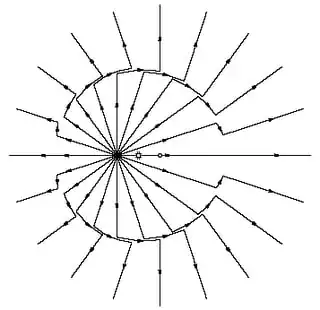From my understanding of circular motion, if the electron is in
circular motion, then the centripetal force that is acting on the
electron only changes the electron's direction and not its linear
velocity. And hence the electron's kinetic energy should remain
constant.
We could speculate that the electron's kinetic energy would remain constant, if it did not radiate. But Bohr's whole argument was that the electron would lose its orbit, i.e., would lose its kinetic energy because it would radiate if it was orbiting the atom.
Therefore, if the energy that the charge radiates shouldn't come from
the kinetic energy then what type of energy would it radiate away when
accelerated and why?
Based on the argument above, Bohr, presumably, was thinking that the radiation energy would come from the electron's kinetic energy. This premise is supported by an observation on a macro level that an electron rotating in a uniform magnetic field is gradually losing its energy and spirals down.
The electron radiates electromagnetic energy and it radiates it because it accelerates. The type of radiation specifically associated with the circular motion, i.e., due to the centripetal acceleration, is known as a synchrotron radiation, because it occurs in synchrotrons and other circular particle accelerators and is considered a drawback due to the loss of energy associated with radiation.
The radiation power of a charged particle due to its acceleration is quantified by the Larmor formula:
$P=\frac {q^2a^2} {6\pi\epsilon_0 c^3},$
where $a$ is acceleration of a particle. More details related to the radiation due to the circular motion could be found in this Wikipedia article.
